Bulgaria City & Culture

Tourism Sites
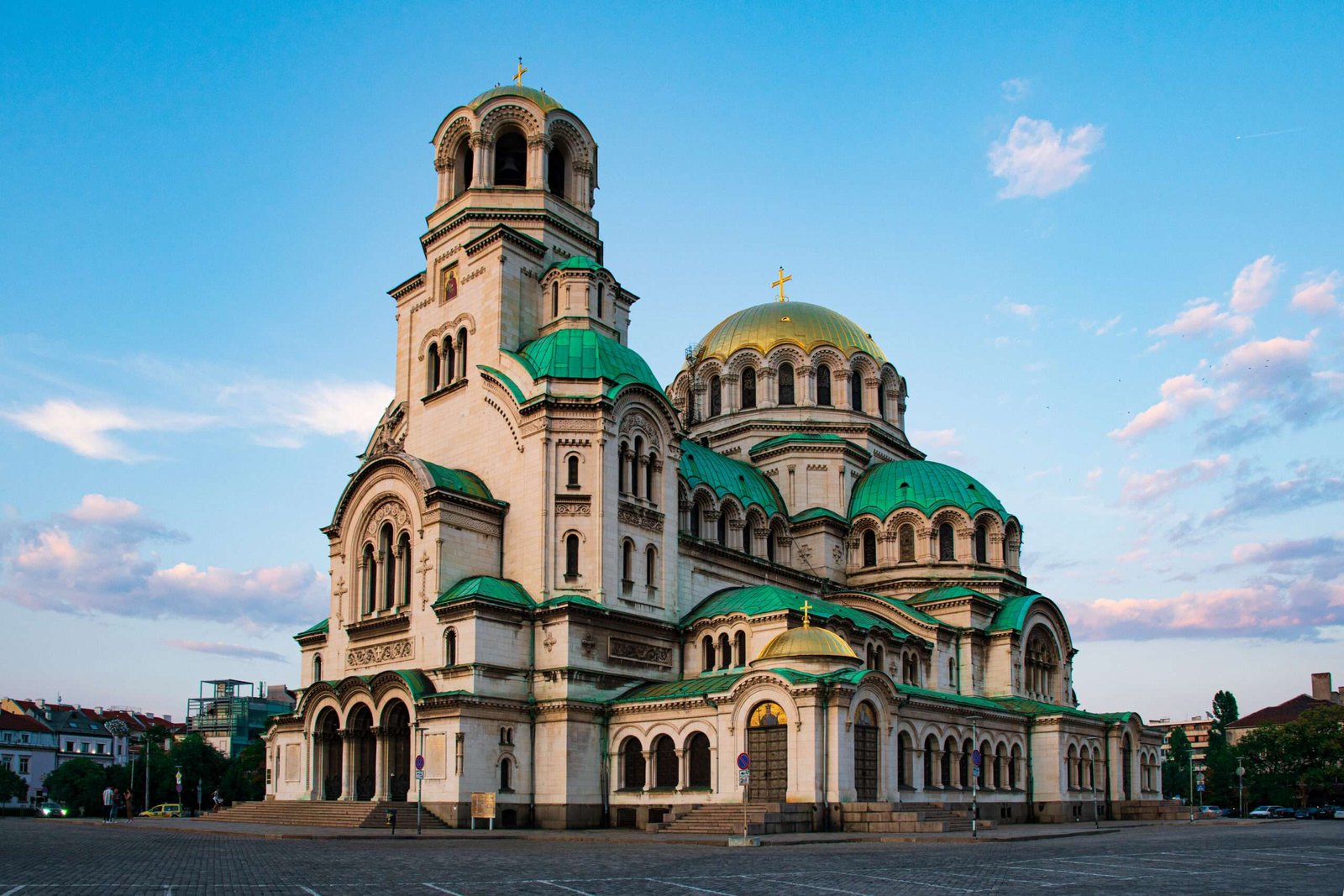
Alexander Nevsky Cathedral
🧠 Fact: One of the largest Orthodox cathedrals in the Balkans and a symbol of Sofia.
💡 Tip: Visit early in the morning for a peaceful experience before tour groups arrive.
Info - Dominating the skyline of Sofia, Alexander Nevsky Cathedral is one of Bulgaria’s most iconic landmarks. Completed in 1912, this grand Orthodox church honors Russian soldiers who died in the Russo-Turkish War of 1877-78. Its neo-Byzantine architecture, impressive golden domes, and marble-clad interiors make it a must-see. Inside, visitors can admire beautiful mosaics, frescoes, and a crypt housing a rich collection of Orthodox icons. The cathedral sits at the heart of the city and is a symbol of Bulgarian resilience and faith, offering both architectural grandeur and a serene space for reflection amid bustling Sofia.
- 📍 Bulgaria , Sofia
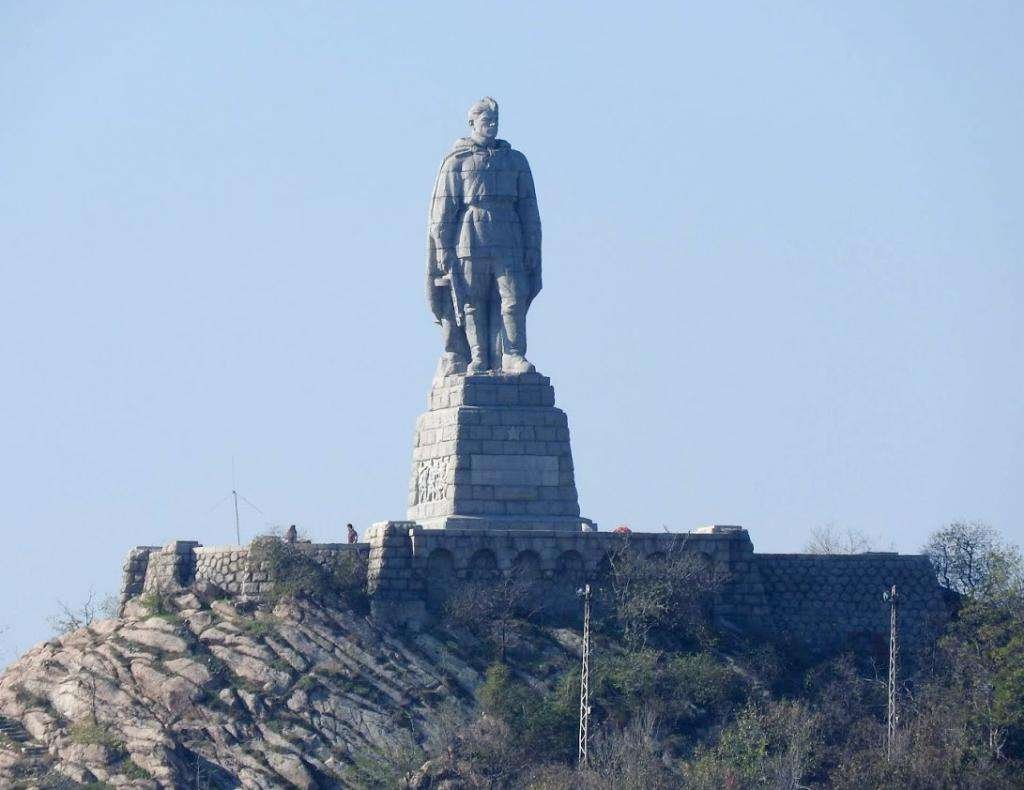
Alyosha Monument & Hill of the Liberators
🧠 Fact: : A Soviet soldier monument offering panoramic views of Plovdiv.
💡 Tip: Wear comfy shoes — it’s a bit of a climb!
Info - Standing proudly atop Bunardzhik Hill, the Alyosha Monument honors Soviet soldiers who fell during World War II. The 11-meter-tall statue of a soldier gazes solemnly over Plovdiv, a landmark visible from nearly anywhere in the city. The hill, known as the Hill of the Liberators, is a popular spot for walks and sunset views, offering panoramic sights of the city and the distant Rhodope Mountains. Along the pathways, you’ll find historical markers and shaded spots perfect for a break. Despite its complex history, the monument remains an enduring symbol of Plovdiv’s past and resilience.
- 📍 Bulgaria , Plovdiv
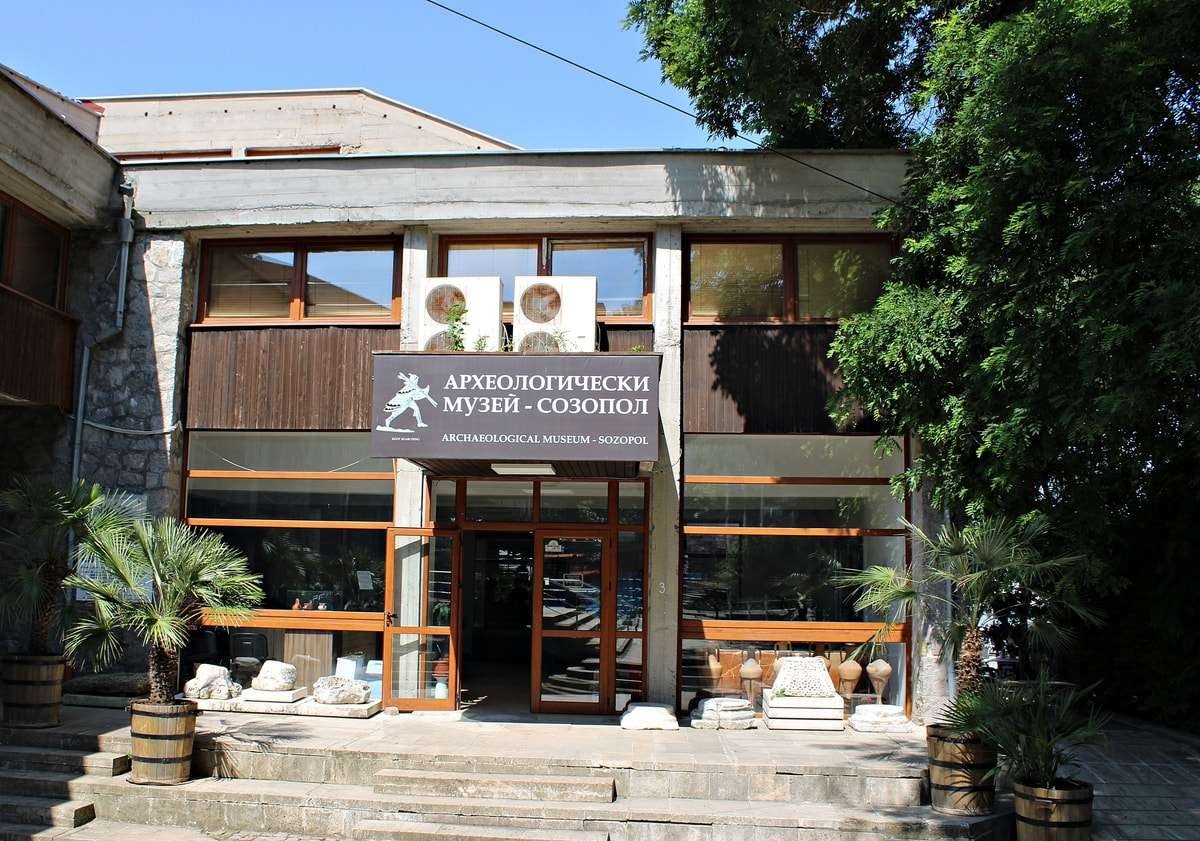
Archaeological Museum Sozopol
🧠 Fact: Displays artifacts from ancient Apollonia, including Thracian and Greek relics.
💡 Tip: Combine with a walking tour of the town’s historical sites.
Info - A must-visit for history enthusiasts, the Archaeological Museum in Sozopol showcases the rich ancient heritage of one of Bulgaria’s oldest coastal towns. Its extensive collection covers artifacts from the Thracian, Greek, and Roman eras, including ceramics, tools, coins, and exquisite icons. The museum’s highlight is the ancient Greek relics from the city’s original founding as Apollonia Pontica in the 7th century BC. Notable exhibits include a statue fragment of Apollo and medieval Christian artifacts. Located in the town’s Old Quarter, the museum provides fascinating insight into Sozopol’s maritime and spiritual past, making it a perfect cultural stop after wandering the cobbled streets.
- 📍 Bulgaria , Sozopol
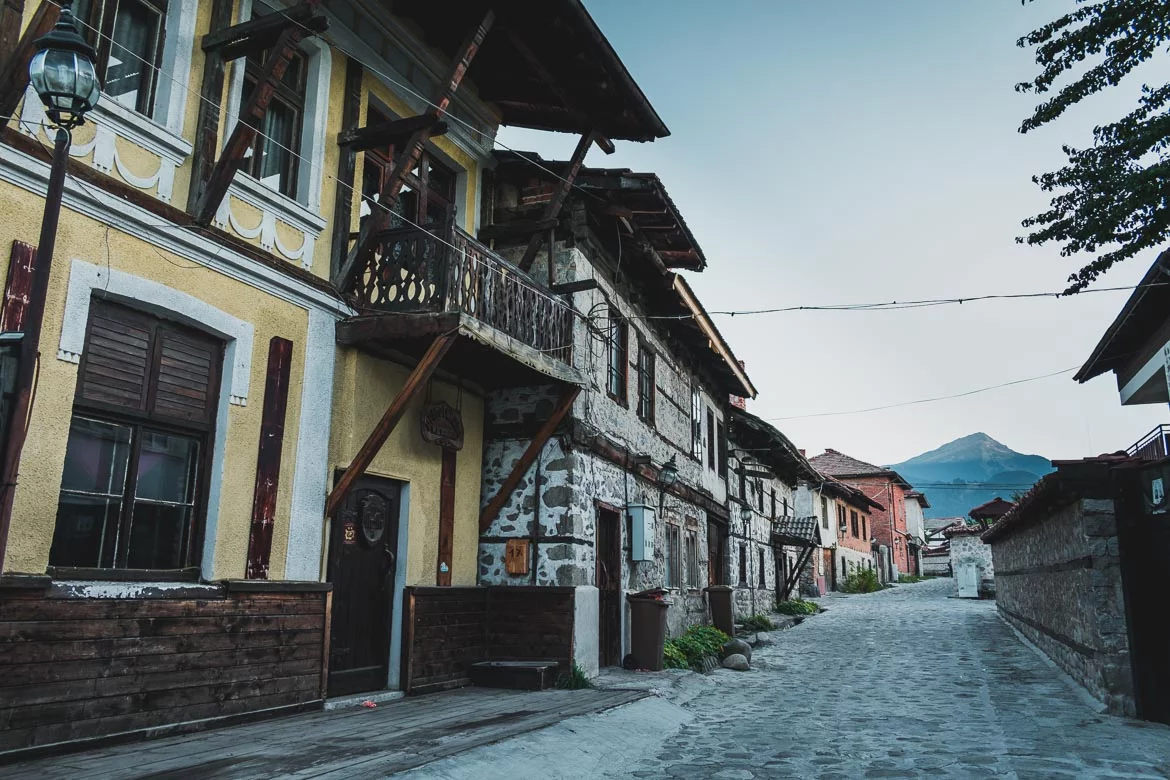
Bansko Old Town
🧠 Fact: Cobbled streets, stone houses, and centuries-old churches await.
💡 Tip: Sample local cuisine in a traditional mehana (tavern).
Info - Bansko Old Town is a beautifully preserved historic quarter offering cobbled streets, stone houses with wooden balconies, and centuries-old landmarks. The area reflects a rich mix of Ottoman, Revival, and alpine architectural influences. Wander its narrow lanes to discover traditional mehanas (taverns), small craft shops, and peaceful courtyards. Highlights include Velyanova House, a historic home-turned-museum showcasing 19th-century murals and furnishings. The town’s charming atmosphere intensifies during winter, when snow dusts its rooftops and festive lights adorn its streets. Bansko Old Town provides a warm, authentic counterpoint to the modern ski resort, giving visitors a real sense of Bulgaria’s heritage.
- 📍 Bulgaria , Bansko
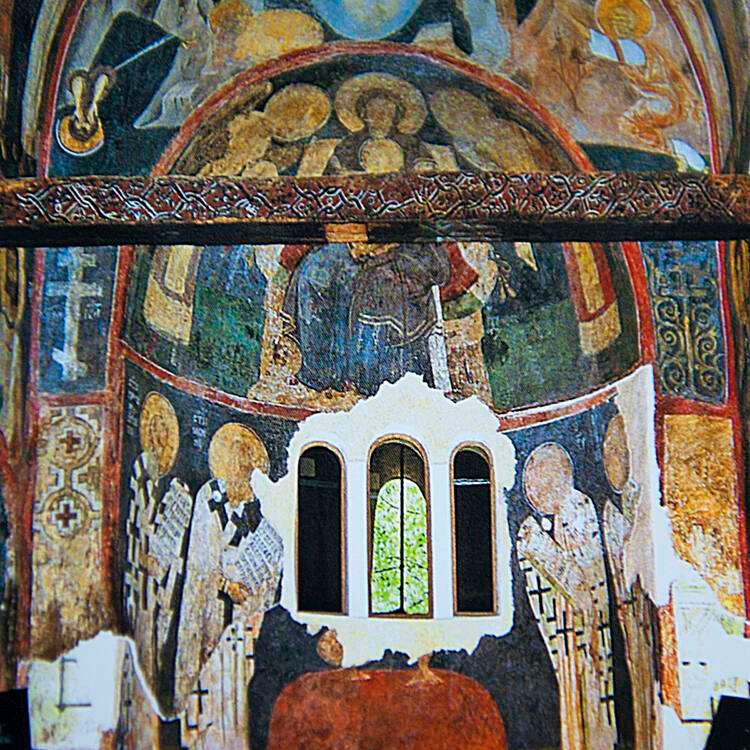
Boyana Church
🧠 Fact: This UNESCO site features frescoes from the 13th century that predate the Renaissance.
💡 Tip: Limited entry per day — go early or book ahead.
Info - A UNESCO World Heritage Site, Boyana Church is a medieval gem nestled at the foot of Vitosha Mountain. Dating back to the 10th century, the church is famed for its remarkable 13th-century frescoes, considered precursors to the European Renaissance. These vivid wall paintings depict biblical scenes, saints, and historical figures in lifelike detail. Despite its modest exterior, Boyana’s art treasures make it one of Bulgaria’s most significant cultural landmarks. Set within a quiet, wooded area, the church offers a serene atmosphere and a fascinating glimpse into medieval Bulgarian religious art and history.
- 📍 Bulgaria , Sofia
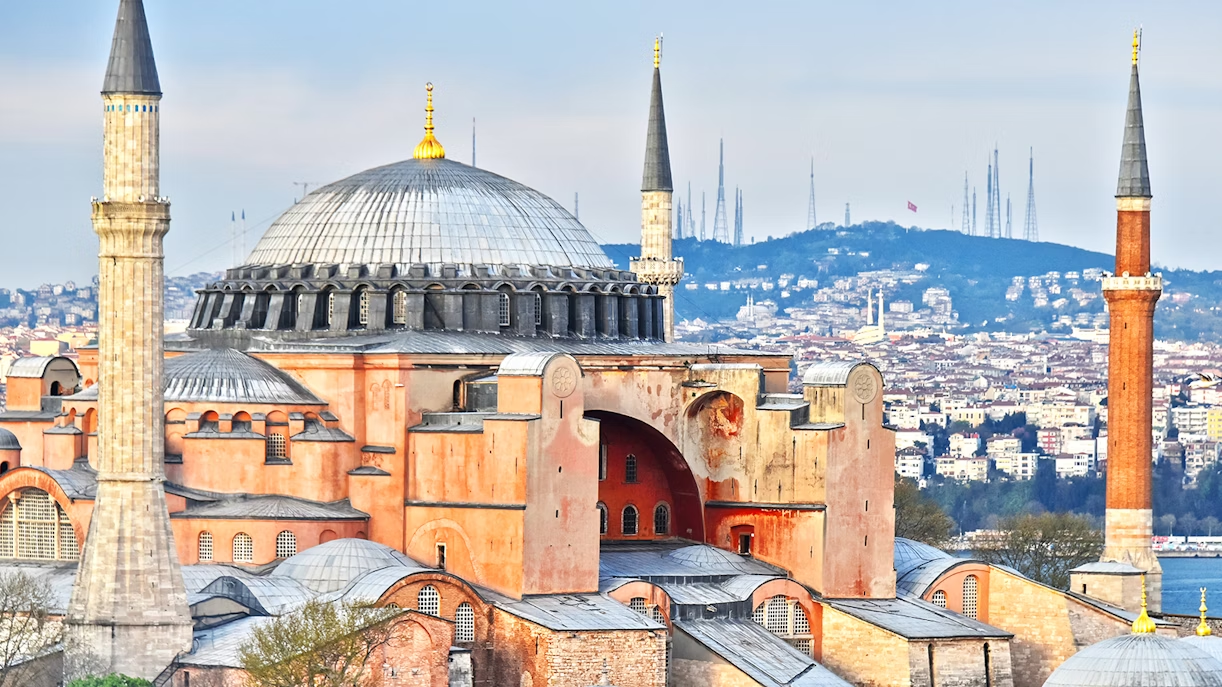
Church of Saint Sophia
🧠 Fact: A 5th-century basilica ruin with unique open-air design
💡 Tip: Great for quiet reflection and stunning photography
Info - Standing as one of the oldest and most iconic structures in Nessebar’s Old Town, the Church of Saint Sophia dates back to the 5th–6th century. Often called the Old Bishopric, this early Christian basilica was once the town’s main cathedral. Though partially ruined, its impressive stone and brick walls, towering arches, and surviving fresco traces give a glimpse into Nessebar’s storied religious history. The open-air remains, surrounded by cobbled lanes and charming houses, make it a favorite photo stop. Visitors can wander freely through the ancient structure, admiring its symmetry and historical significance within the UNESCO-listed peninsula town.
- 📍 Bulgaria , Nessebar
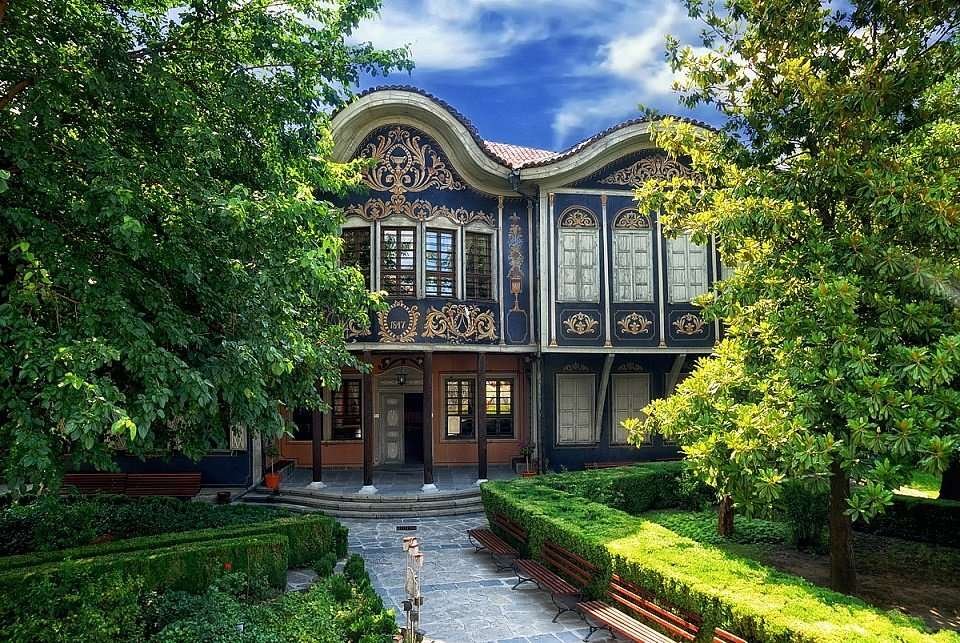
Ethnographic Museum (Plovdiv)
🧠 Fact: Housed in a beautiful Baroque building showcasing Bulgarian traditions.
💡 Tip: Combine this with your Old Town stroll for a cultural deep dive.
Info - Housed in an elegant 19th-century mansion in Plovdiv’s Old Town, the Ethnographic Museum is one of Bulgaria’s finest cultural museums. It showcases the rich traditions, crafts, and daily life of the Bulgarian people through the ages. Inside, visitors can explore six exhibition halls filled with textiles, traditional costumes, tools, musical instruments, and religious artifacts. The beautifully restored house itself, with ornate woodwork and lush gardens, is a historical attraction. The museum offers a vivid picture of Bulgaria’s rural heritage and urban customs, making it a must-see for anyone curious about the country’s cultural roots.
- 📍 Bulgaria , Plovdiv
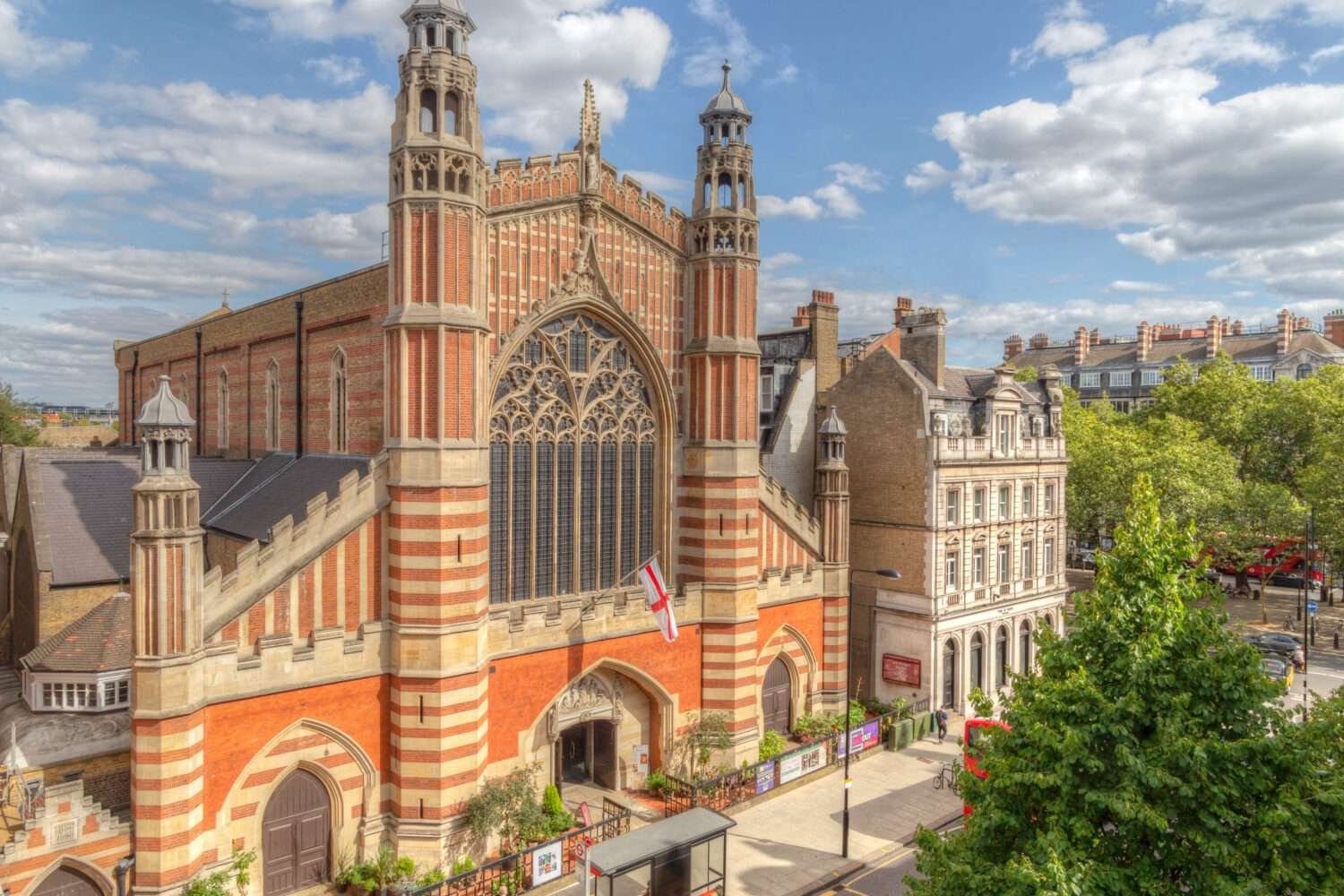
Holy Trinity Church
🧠 Fact: Known for its ornate wood-carved iconostasis and bell tower.
💡 Tip: Photography is allowed inside — bring your camera.
Info - Holy Trinity Church, completed in 1835, is Bansko’s spiritual and architectural jewel. Tucked within the Old Town, this Bulgarian Revival-era Orthodox church features a distinctive stone façade, a 30-meter bell tower, and beautiful interior frescoes. At the time of its construction, the church symbolized local resistance to Ottoman restrictions, as Orthodox churches weren’t allowed to surpass mosque minarets in height. Its bell tower, later added in 1850, discreetly defied that rule. Inside, visitors find intricately carved woodwork, religious icons, and a peaceful, reverent atmosphere. Holy Trinity Church remains an important cultural and religious site, reflecting Bansko’s enduring faith and resilience.
- 📍 Bulgaria , Bansko
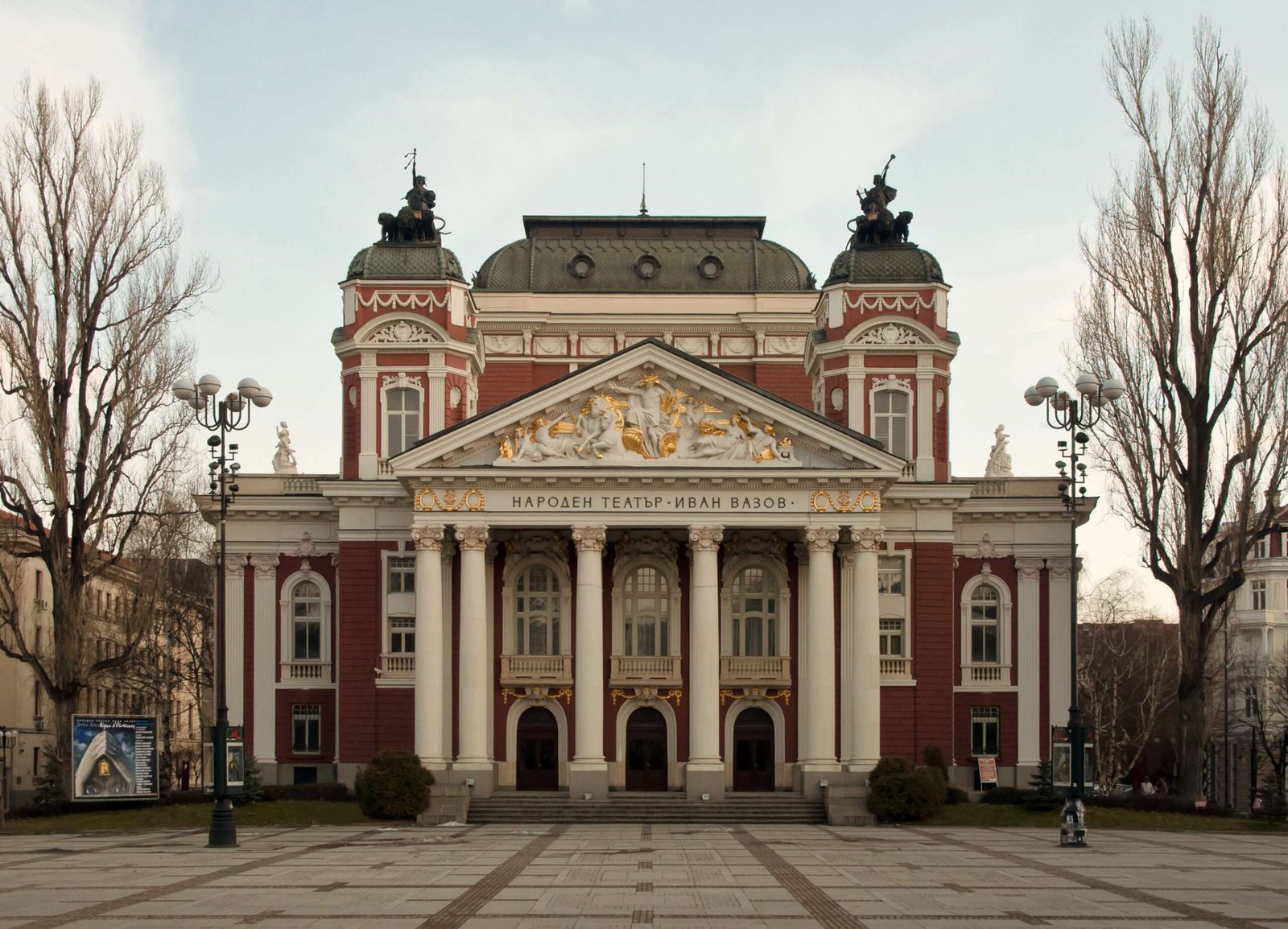
Ivan Vazov National Theatre
🧠 Fact: Bulgaria’s oldest and most prestigious theatre, built in 1907.
💡 Tip: : Even if you don’t see a show, admire the stunning neoclassical facade.
Info - Standing proudly in Sofia’s city center, the Ivan Vazov National Theatre is one of Bulgaria’s most beloved cultural institutions. Built in 1907, it showcases elegant Neoclassical architecture, with its iconic columned façade and bronze statues. Named after renowned Bulgarian writer Ivan Vazov, the theatre hosts a rich program of dramas, comedies, and classical works by Bulgarian and international playwrights. Its lavish interior, complete with ornate chandeliers and red velvet seating, offers an atmospheric setting for memorable performances. Surrounded by a lively park, it’s a perfect spot to enjoy a play or simply relax at one of the charming nearby cafés.
- 📍 Bulgaria , Sofia
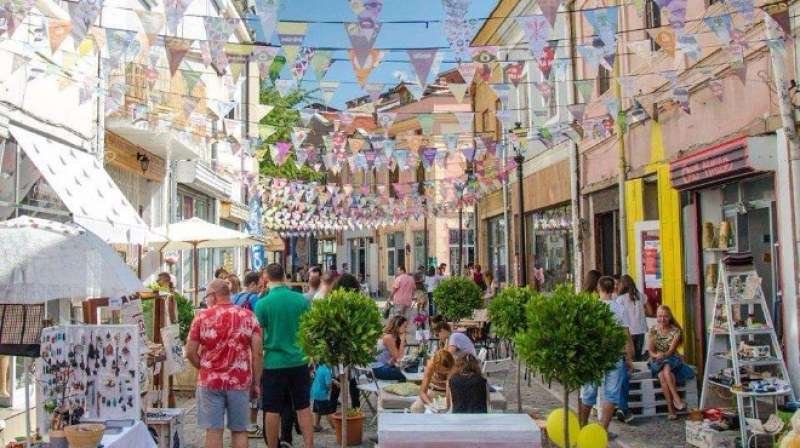
Kapana Creative District
🧠 Fact: “The Trap” is a trendy neighborhood full of art, bars, and boutiques.
💡 Tip: Explore it on foot in the evening when it's most vibrant.
Info - Plovdiv’s Kapana Creative District is a buzzing arts hub filled with vibrant street art, boutique galleries, artisan workshops, and cozy cafés. Nicknamed “The Trap” for its maze-like alleys, Kapana is a favorite gathering spot for creatives and travelers alike. Once a neglected part of the city, it’s now a thriving cultural quarter hosting regular art festivals, craft fairs, and open-air concerts. By day, visitors browse handmade jewelry, ceramics, and designer goods. By night, bars and bistros come alive with live music and craft beers. It’s the perfect place to soak up Plovdiv’s youthful, bohemian energy.
- 📍 Bulgaria , Plovdiv
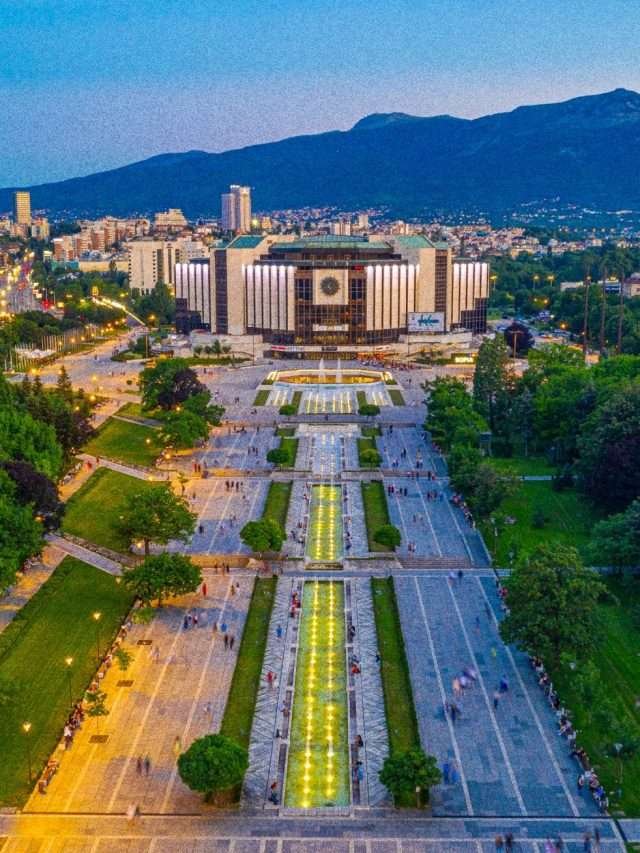
National Palace of Culture (NDK)
🧠 Fact: A major cultural venue and striking example of socialist-era architecture.
💡 Tip: Check their event calendar — concerts and exhibitions happen year-round.
Info - The National Palace of Culture, known locally as NDK, is Sofia’s largest multifunctional conference and exhibition center, as well as a major cultural hub. Opened in 1981 to celebrate Bulgaria’s 1300th anniversary, this striking modernist building hosts concerts, film festivals, art exhibitions, and major public events. Surrounded by a beautiful park and fountains, it’s a lively meeting point for both locals and tourists. The sprawling interior features multiple performance halls and galleries, while the vast open plaza outside often serves as a venue for open-air markets and live performances. It’s the beating heart of Sofia’s cultural and social scene.
- 📍 Bulgaria , Sofia
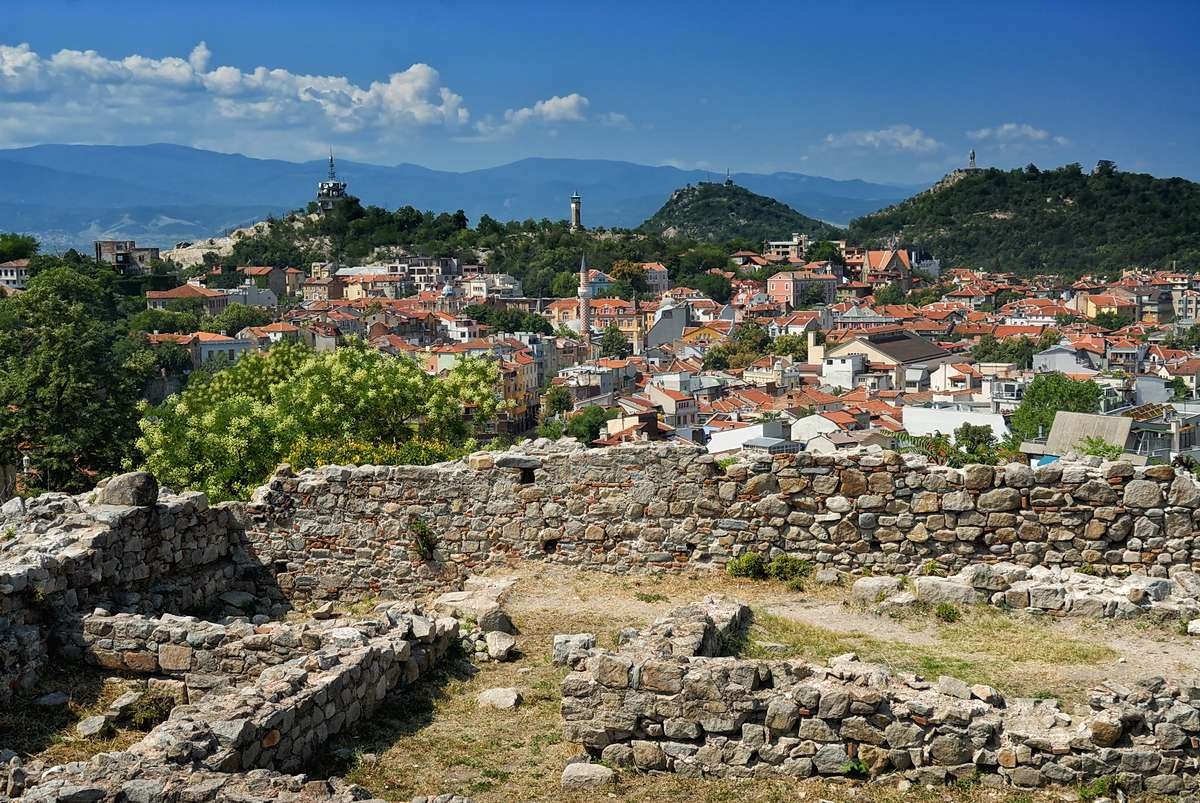
Nebet Tepe Archaeological Site
🧠 Fact: An ancient settlement dating back to 4000 BC with incredible city views.
💡 Tip: Perfect for sunset photography over Plovdiv.
Info - Perched above Plovdiv’s Old Town, Nebet Tepe is one of the city’s oldest settlements, with ruins dating back to Thracian, Roman, and Byzantine times. The site offers crumbling stone walls, ancient foundations, and breathtaking panoramic views of Plovdiv’s rooftops and surrounding hills. Visitors can stroll through remnants of centuries-old towers and fortifications while imagining the strategic battles fought here. It’s a peaceful, open-air site perfect for history buffs and photographers alike. At sunset, locals and travelers gather to watch the city light up below, making it one of Plovdiv’s most atmospheric and historically rich spots.
- 📍 Bulgaria , Plovdiv
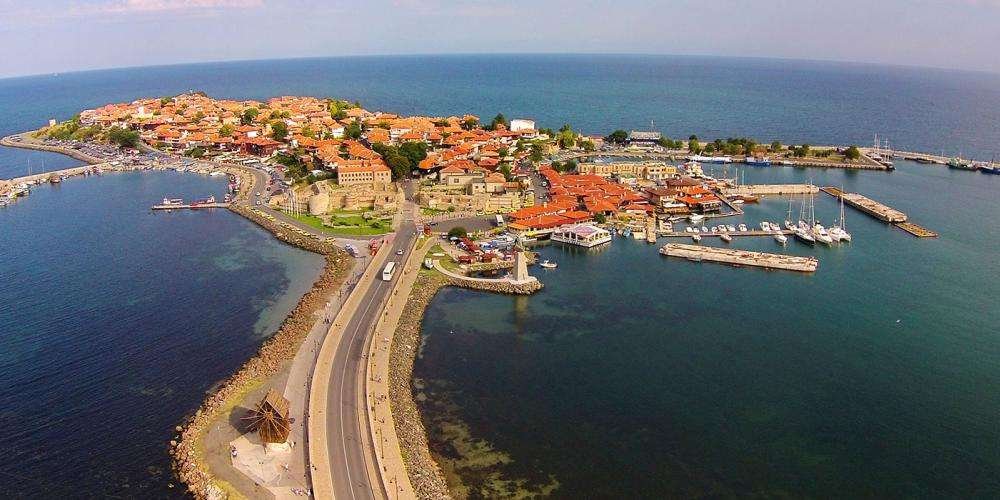
Old Town of Nessebar (UNESCO Site)
🧠 Fact: : A 3,000-year-old town with Roman, Byzantine, and Ottoman influences.
💡 Tip: Get lost in its cobbled streets, best explored on foot.
Info - Jutting out into the Black Sea, Nessebar’s Old Town is a cultural treasure trove recognized as a UNESCO World Heritage Site. With a history spanning over 3,000 years, the town showcases layers of Thracian, Greek, Roman, and Byzantine heritage. Visitors wander cobblestone streets lined with medieval churches, traditional wooden houses, and ancient ruins. Highlights include the Church of Christ Pantocrator and remnants of Roman fortifications. Its seaside charm, coupled with lively cafes and artisan shops, makes Nessebar a must-see for history enthusiasts and romantic travelers alike. Sunset views from the old town walls are especially unforgettable.
- 📍 Bulgaria , Nessebar
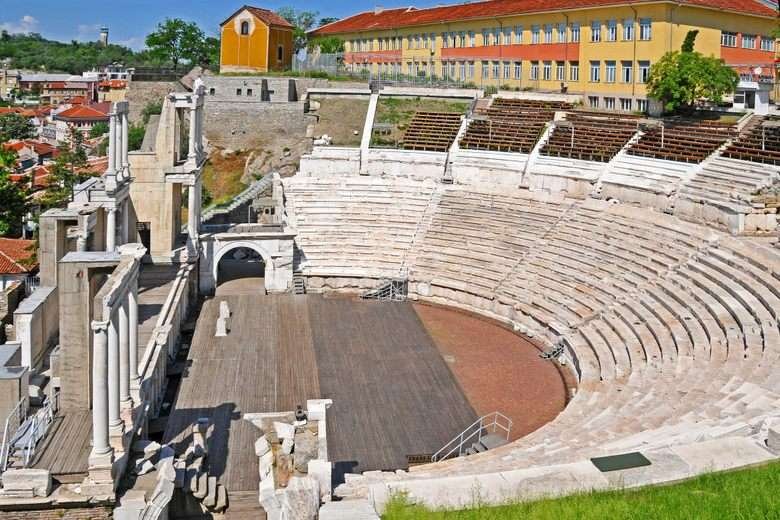
Old Town Plovdiv (Ancient Theatre)
🧠 Fact: The ancient Roman theatre is still used for concerts and performances today.
💡 Tip: Visit during sunset for great photos of the city skyline.
Info - Plovdiv’s Old Town is a beautifully preserved historic quarter, where cobbled streets wind past colorful 19th-century mansions, art galleries, and Roman ruins. At its heart lies the Ancient Theatre of Philippopolis, one of the best-preserved Roman theaters in the world. Built in the 1st century AD, it once seated over 6,000 spectators for gladiator games and performances. Today, it still hosts concerts, plays, and festivals against a backdrop of sweeping views over the city. Exploring the surrounding Old Town feels like stepping back in time, with its mix of medieval walls, Revival-era architecture, and charming cafés tucked into centuries-old houses.
- 📍 Bulgaria , Plovdiv
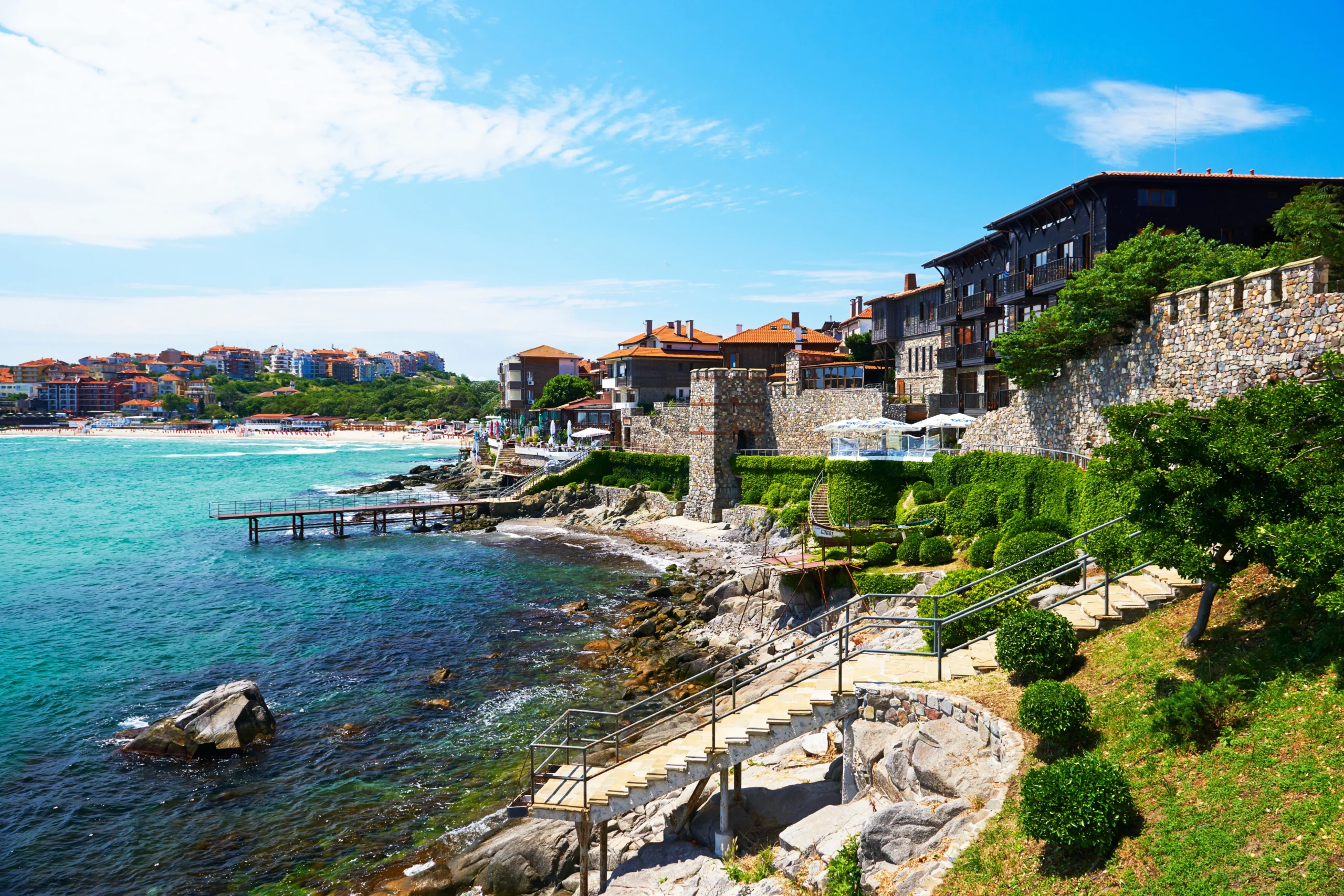
Old Town Sozopol
🧠 Fact: One of Bulgaria’s oldest towns, filled with wooden 19th-century homes
💡 Tip: Visit in September during the Apollonia Arts Festival.
Info -South of Burgas, Sozopol is one of Bulgaria’s oldest towns, founded in the 7th century BC. Its atmospheric Old Town is a maze of narrow cobbled streets, traditional wooden houses, and seaside promenades. Ancient fortifications and archaeological finds tell stories of Thracian and Greek settlers, while charming churches like Saint Zosim Church add spiritual heritage. The town’s small museums showcase treasures from its long history. Seaside restaurants and artisan stalls line the waterfront, perfect for leisurely evenings. Sozopol also hosts an annual Apollonia Arts Festival, drawing performers and artists, making it both a cultural and coastal retreat.
- 📍 Bulgaria , Sozopol
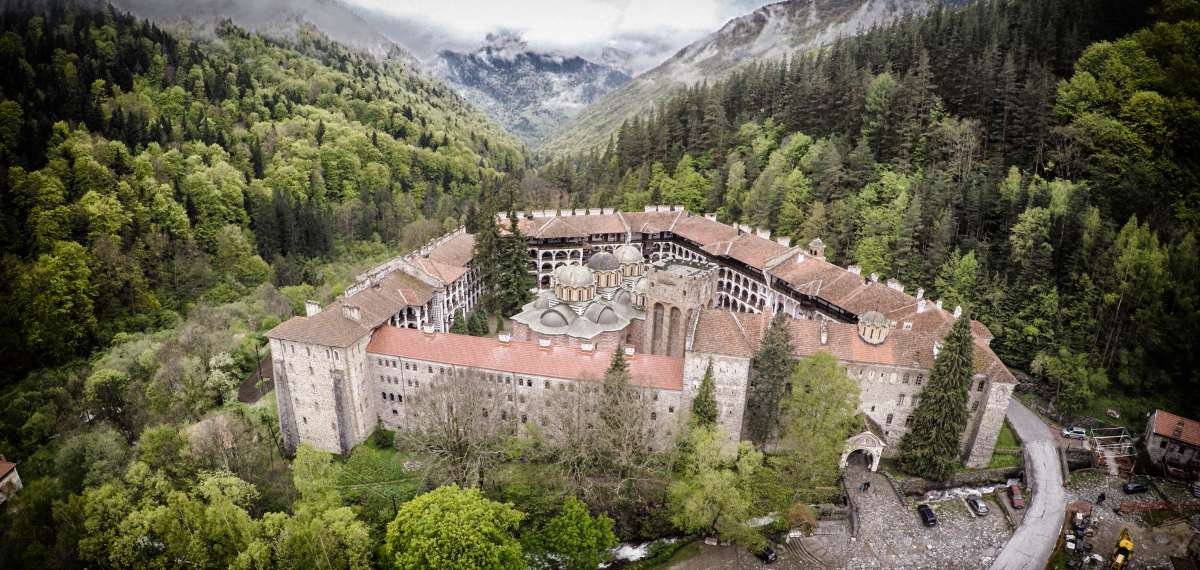
Rila Monastery
🧠 Fact: Founded in the 10th century, it's the largest and most famous Eastern Orthodox monastery in Bulgaria.
💡 Tip: Dress modestly and visit early to enjoy the peaceful atmosphere.
Info - High in Bulgaria’s Rila Mountains, the Rila Monastery is a UNESCO World Heritage Site and a symbol of Bulgarian cultural identity. Founded in the 10th century by the hermit Saint Ivan of Rila, the monastery is famed for its striking striped arches, ornate frescoes, and richly decorated wooden interiors. The courtyard’s arcaded galleries and the five-domed main church create an awe-inspiring scene against a backdrop of forested peaks. Its museum holds medieval manuscripts, icons, and precious relics. Still an active monastic community, the monastery is both a spiritual retreat and a masterpiece of Bulgarian Revival architecture, drawing pilgrims and travelers year-round.
- 📍 Bulgaria , Rila

Roman Baths of Odessos
🧠 Fact: Among the largest preserved Roman bath ruins in Europe.
💡 Tip: Go with a guide for cool Roman-era insights.
Info - The Roman Baths of Odessos in Varna are the largest ancient baths in Bulgaria and among the largest in Europe. Built in the late 2nd century AD, these impressive ruins once formed the heart of social life in the ancient Roman city of Odessos. Visitors can wander among towering walls, arched chambers, and marble remnants, imagining the bustling gatherings of citizens enjoying steam rooms, pools, and relaxation spaces. Informative plaques throughout help explain the bathhouse’s sophisticated heating systems and layout. Set in the city center, it’s an atmospheric historical landmark that offers a glimpse into Varna’s ancient Roman past.
- 📍 Bulgaria , Varna
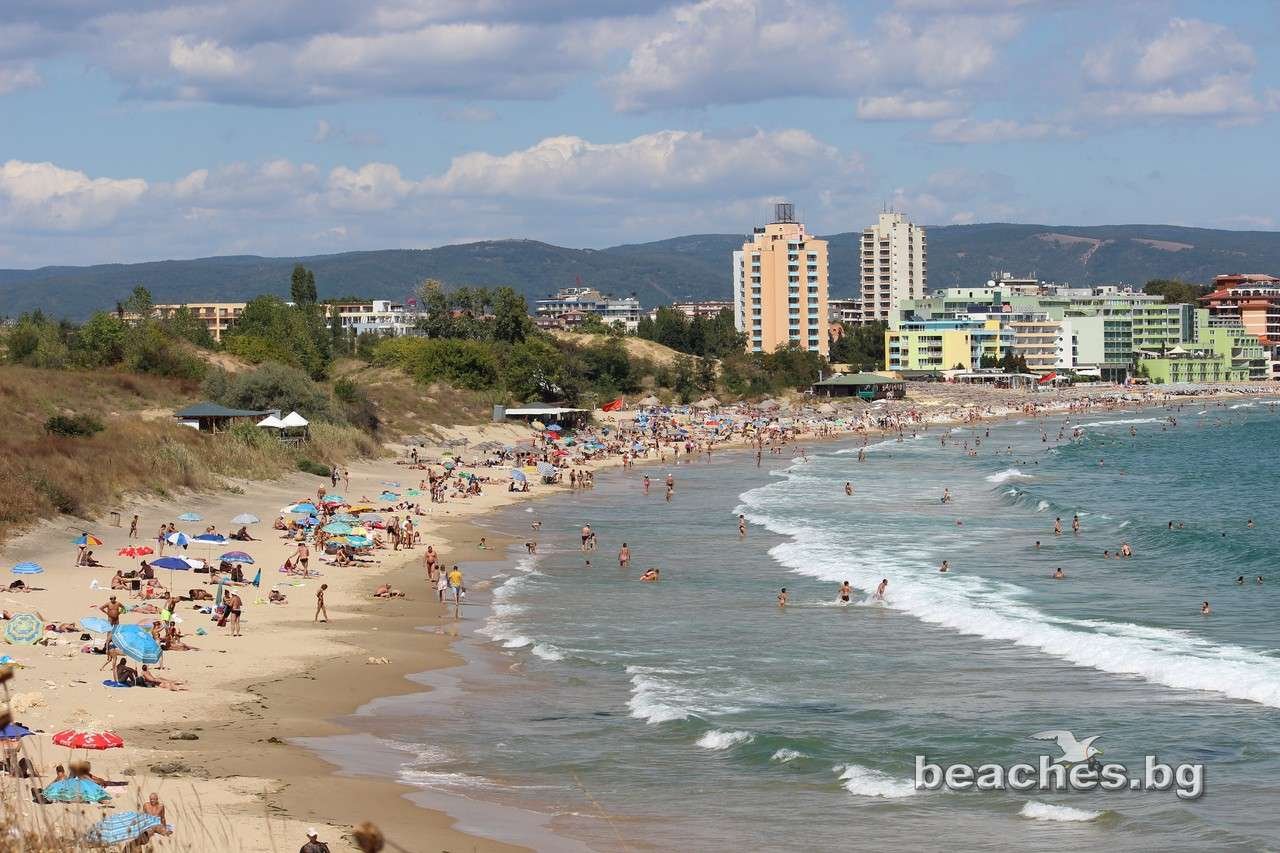
South Beach Nessebar
🧠 Fact: A wide sandy beach perfect for families and sunbathing.
💡 Tip: Arrive early in peak season to find a good spot.
Info - Located just beyond the narrow streets of Old Nessebar, South Beach offers a laid-back stretch of golden sand and gentle waves. Popular with both locals and tourists, the beach is known for its shallow, family-friendly waters and relaxed vibe compared to the busier resorts nearby. Sunbeds, umbrellas, and beachside bars line the shore, offering everything from fresh seafood to chilled cocktails. It’s a great spot for a leisurely swim, paddleboarding, or sunset walks. With panoramic views of the ancient town’s silhouette on one side and the open Black Sea on the other, it balances natural beauty with seaside leisure.
- 📍 Bulgaria , Nessebar
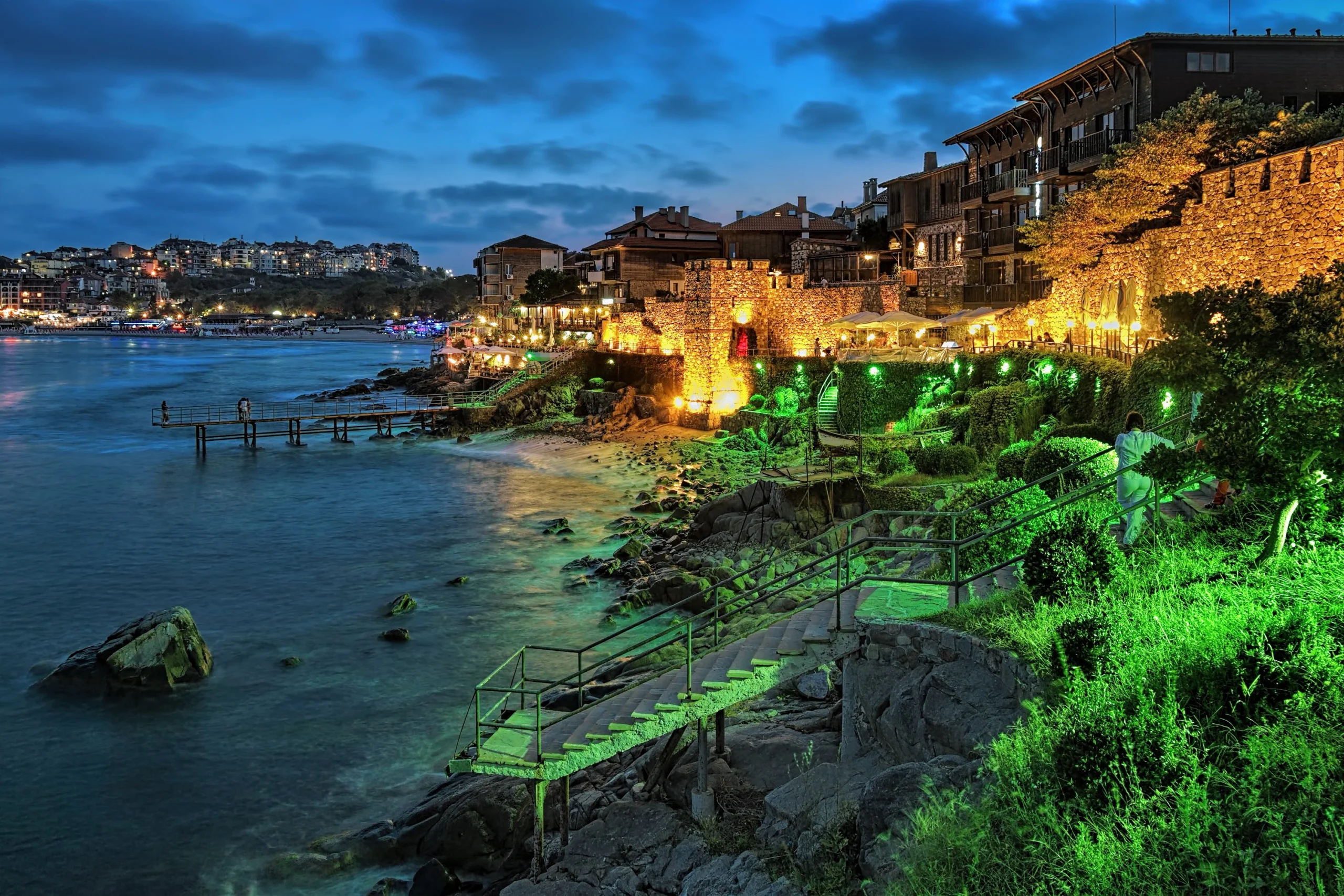
Sozopol Central Beach
🧠 Fact: : Popular with locals and tourists for its calm waters and relaxed vibe.
💡 Tip: Try paddleboarding or rent a kayak.
Info - Nestled right by the heart of Sozopol’s New Town, Sozopol Central Beach is a lively, sandy stretch ideal for both sun-seekers and swimmers. The beach offers gentle waves and warm, shallow waters, making it popular with families and casual visitors. It’s well-equipped with sun loungers, parasols, and beachfront cafés serving up cold drinks and seafood. The surrounding view of Sozopol’s Old Town adds a scenic backdrop, especially at sunset. With nearby water sports like paddleboarding and jet skiing, it balances relaxed lounging with active options. Its proximity to the historic quarter also makes it a perfect spot for combining beach time with cultural sightseeing
- 📍 Bulgaria , Sozopol
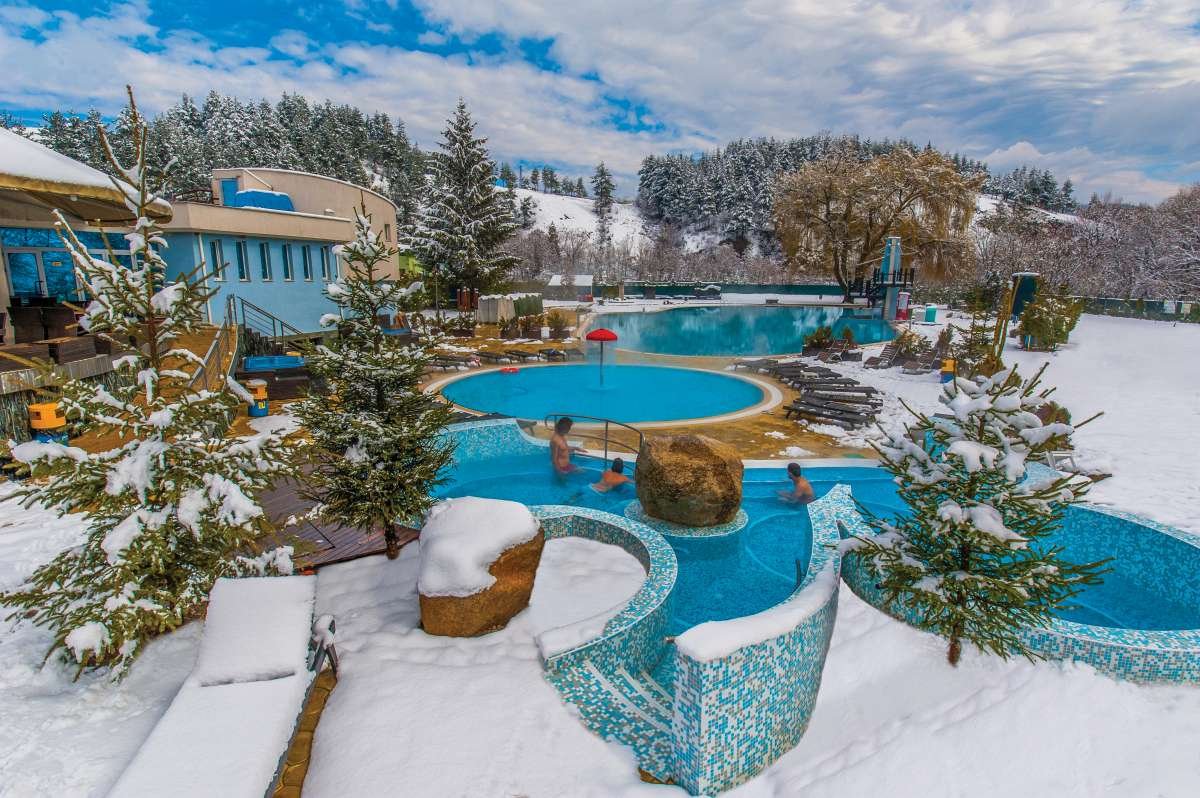
Thermal Baths in Dobrinishte
🧠 Fact: Natural hot springs perfect for relaxing after skiing.
💡 Tip: Best enjoyed in the evening after a day on the slopes.
Info - Just a short drive from Bansko, Dobrinishte is a charming town famed for its natural thermal mineral springs. The town’s public baths and spa hotels harness waters rich in minerals, long believed to soothe joint pain, improve skin health, and ease stress. Surrounded by mountain scenery, Dobrinishte’s thermal pools offer year-round relaxation, whether in snowy winter or sunny summer. The town’s main outdoor bath features several pools with varying temperatures, alongside saunas and massage services. It’s a favorite spot for both locals and visitors seeking to unwind after a day of skiing, hiking, or simply exploring the Pirin region’s natural beauty.
- 📍 Bulgaria , Near Bansko
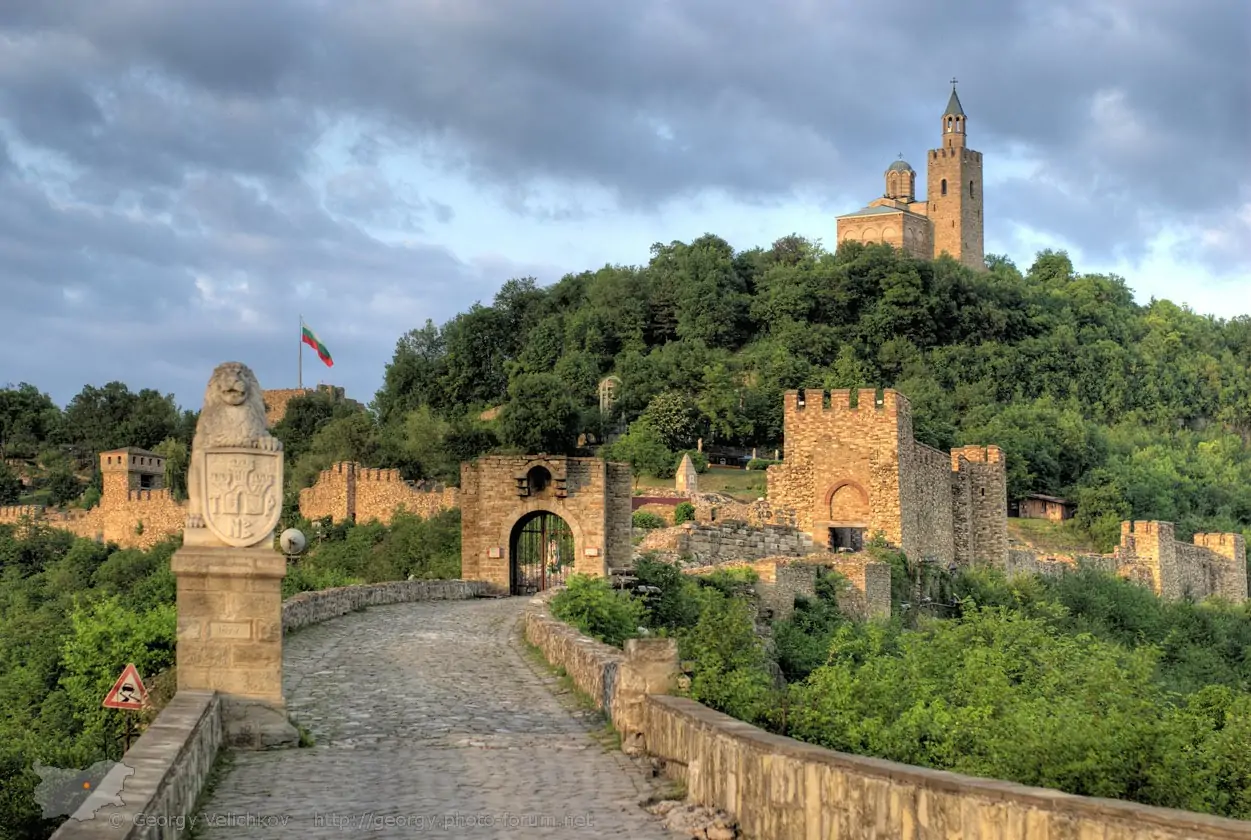
Tsarevets Fortress
🧠 Fact: This medieval stronghold was once the capital of the Second Bulgarian Empire.
💡 Tip: Visit in the evening to see the fortress illuminated in a spectacular light show.
Info - Standing proudly over the medieval town of Veliko Tarnovo, Tsarevets Fortress is one of Bulgaria’s most iconic historic landmarks. This hilltop stronghold served as the capital of the Second Bulgarian Empire from the 12th to 14th centuries. Visitors can explore its massive stone walls, defensive towers, and the restored Patriarchal Cathedral at the summit. The fortress also houses the infamous Execution Rock, once used for traitors. By night, Tsarevets hosts dramatic sound-and-light shows narrating Bulgaria’s turbulent past. Offering sweeping views of the Yantra River and surrounding hills, this impressive citadel is a must-visit for history lovers and curious travelers alike.
- 📍 Bulgaria , Veliko Tarnovo
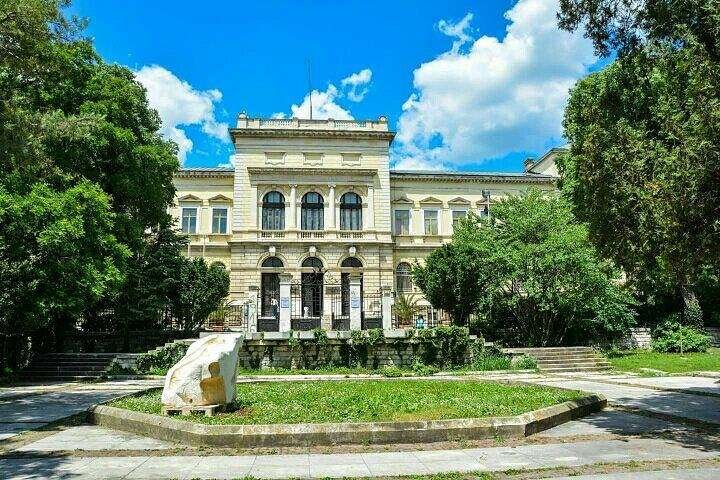
Varna Archaeological Museum
🧠 Fact: Home to the world's oldest processed gold artifacts.
💡 Tip: Don't miss the Thracian gold treasure exhibit.
Info - Home to one of Bulgaria’s most significant archaeological collections, the Varna Archaeological Museum is a cultural treasure trove. Its star attraction is the world-famous Varna Gold — the oldest processed gold artifacts known to humanity, dating back over 6,000 years. Beyond this, visitors can explore ancient Roman mosaics, medieval icons, and fascinating Thracian relics. The museum’s exhibitions trace the history of the Varna region from prehistoric settlements through Roman rule and the Middle Ages. Housed in a beautifully preserved 19th-century building, it’s a must-see for history enthusiasts keen to uncover Bulgaria’s ancient past.
- 📍 Bulgaria , Varna
